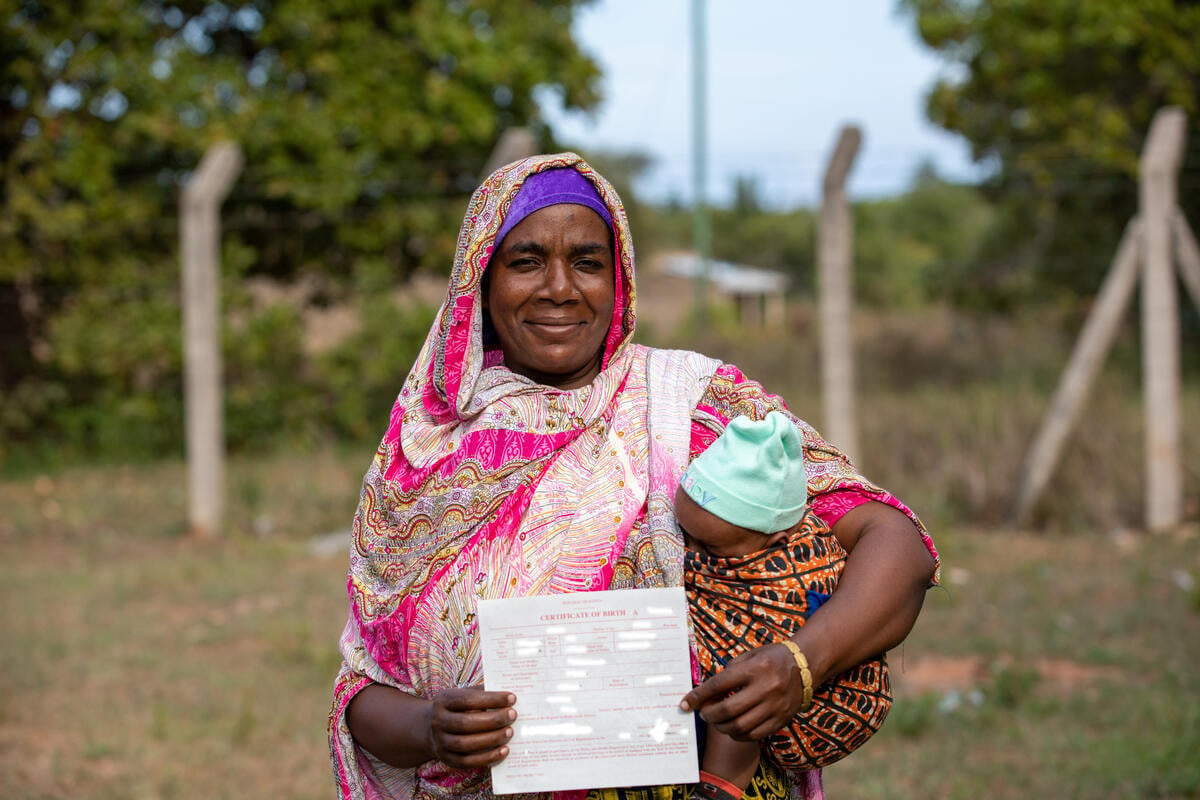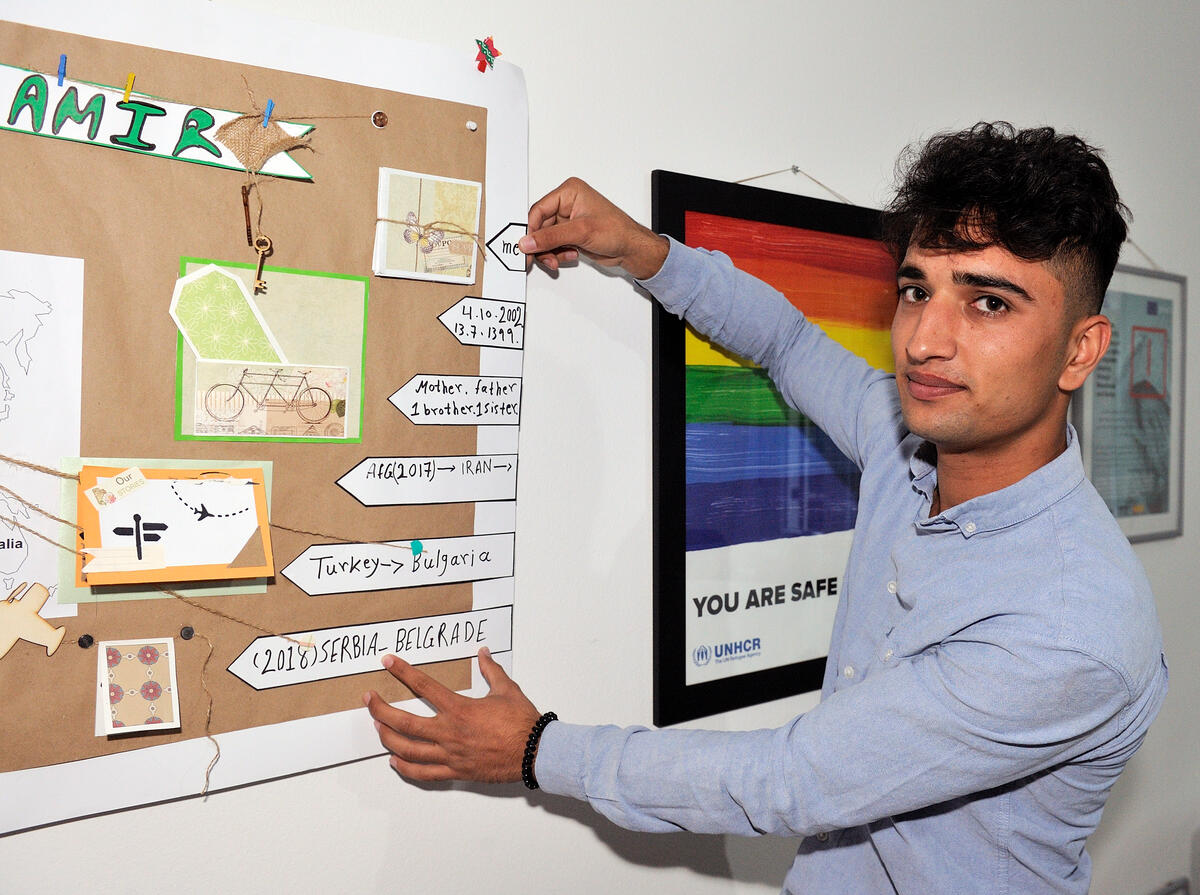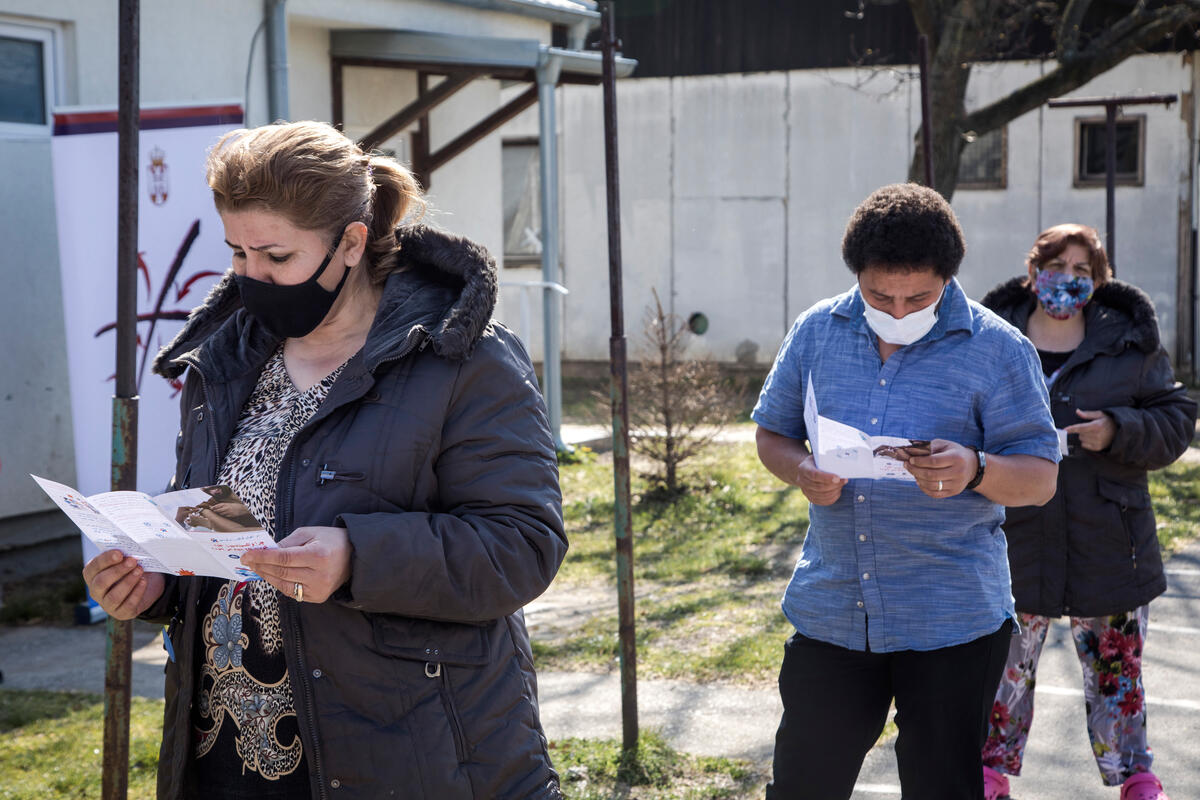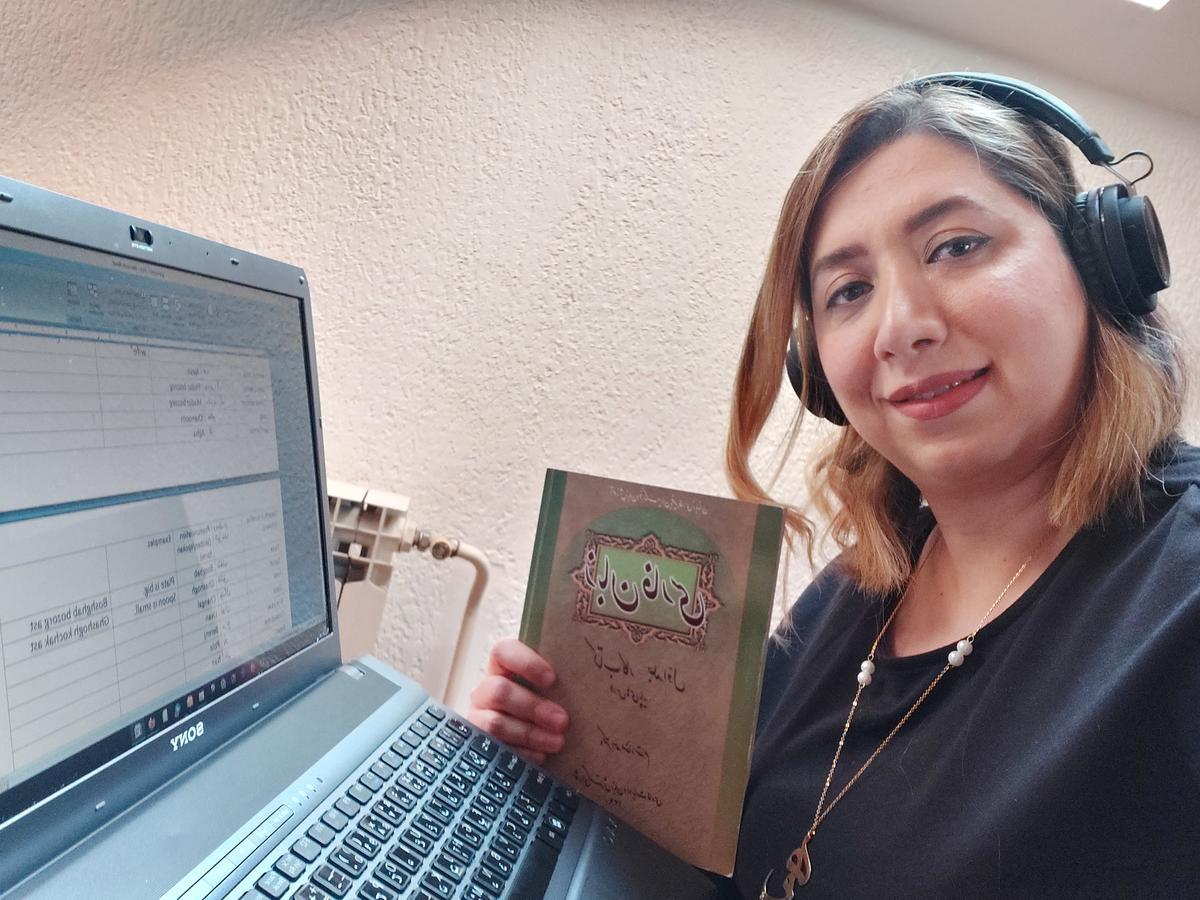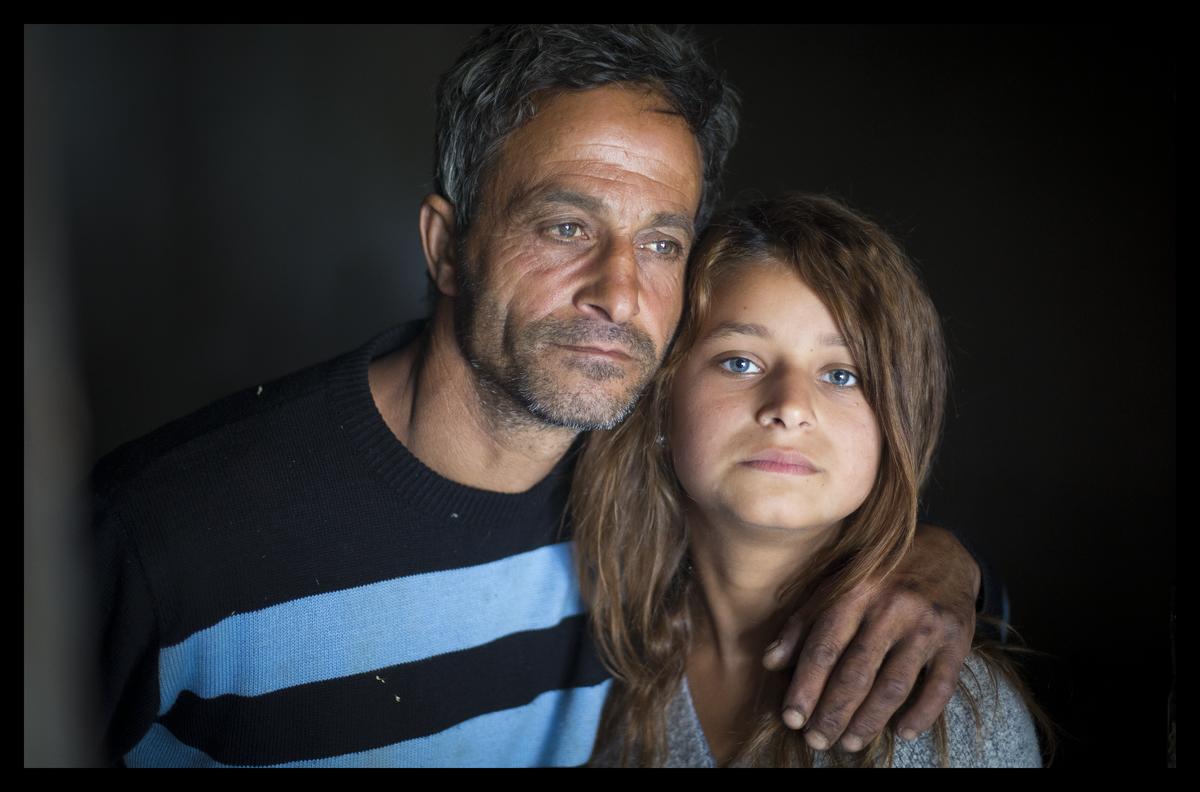Kosovo Crisis Update
Kosovo Crisis Update
Returns
Around 4,700 refugees returned to Kosovo last week from countries in Europe, North America and Oceania and another 1,400 went back from neighbouring territories.
Of the returnees from outside the Balkan region last week, 3,000 flew into Skopje in the FYR of Macedonia and 1,720 took direct flights to Pristina, the Kosovo capital. Their flights were arranged by the International Organization for Migration.
Since a peace agreement ending the Kosovo conflict was signed in June, 767,700 Kosovars have returned to the Serbian province, including 51,000 who came back from countries outside the Balkan region.
An estimated 44,400 Kosovars remain in the region, including 6,800 in Albania, 19,000 in the FYR of Macedonia, 8,000 in Montenegro and 10,650 in Bosnia and Herzegovina.
Asylum Seekers
A total of 28,900 asylum applications were submitted in 18 European countries in July. This is a decrease of 15 percent over June, when nearly 34,000 applications were received. The decline in the number of Yugoslav citizens applying for asylum accounts for the decrease, reflecting the progressive stabilization of the situation in Kosovo.
The number of Yugoslav asylum seekers was 40 percent less in July than in June. In July, 11,230 Yugoslav citizens, including Kosovars, applied for asylum, compared with 18,740 in June.
In July, as in previous months, Germany and Switzerland together received roughly 50 percent of all asylum applications (9,408 in Germany and 5,723 in Switzerland). However, these two countries received fully 73 percent of the applications by Yugoslav citizens, including Kosovars. Nearly identical numbers of applications for asylum were lodged in July in Germany and in Switzerland by Yugoslav citizens, 4,160 in Switzerland and 4,043 in Germany.
Kosovo
UNHCR has so far distributed 5,800 basic shelter kits under a programme designed to provide enough material to allow home owners to temporarily weatherproof one room in their house before winter. The kits contain reinforced, heavy-duty plastic sheeting for roof repairs, as well as translucent plastic to cover broken windows. Also included are timber, plywood, nails, staples, tape and tools. Since mid-June, UNHCR has delivered more than 750 truckloads of aid to Kosovo, much of it shelter material.
These materials are not meant to provide total reconstruction of a home, but only as a temporary measure to get people through this winter. UNHCR's distribution partners, however, are reporting that many Kosovars have very high expectations, assuming that UNHCR is going to provide enough material to totally rebuild their homes. In some cases, home owners have turned down shelter kits, fearing they would be ineligible should a more substantial rebuilding package come later.
UNHCR has stressed that these kits may be the only help available before the onset of winter. UNHCR is not a reconstruction agency. It provides emergency relief, and some rehabilitation to ensure that refugee returns are sustainable. Reconstruction and long-term development are done by others.
UNHCR is handling only a third or less of the total provision of shelter kits. It is providing 16,000 basic shelter kits and another 4,400 roofing kits which are being distributed according to several criteria. The European Community Humanitarian Office is providing 20,000 basic kits while the U.S. Agency for International Development is contributing 19,300. In all, the kits from the three agencies will benefit an estimated 387,000 people. That should be enough for the estimated population living in what UNHCR calls Category 3 and 4 housing - damage ranging from 20 to 60 percent. At least four other organizations have pledged kits or prefab houses, bringing the total number to more than 75,000 kits.
There are also an estimated 47,000 non-repairable homes. To help people from those houses, UNHCR is implementing a programme of assistance to host families to encourage them to take in the homeless this winter. Most refugees in surrounding countries stayed with host families, not in refugee camps. For those who have nowhere else to go, UNHCR is also identifying temporary community shelters as a last resort this winter.
Health
With suspected cases of polio, hepatitis A and haemorrhagic fever with renal syndrome being registered in Kosovo, the World Health Organization has stressed the need to rebuild public health systems capable of containing the spread of communicable diseases.
WHO, in a press release on 18 August, said one case of suspected polio, 24 cases of suspected hepatitis A and one case of haemorrhagic fever with renal syndrome had been registered in Kosovo - the first reported since the end of the conflict.
Over the past four years, immunization rates in Kosovo have been very low. According to the most recent study, conducted by UNICEF in 1996, only 53 percent of 2-year-olds in Kosovo had received the full vaccination course against diseases such as polio and measles. While polio vaccination campaigns were implemented in 1996 and 1997, many children born since then are unvaccinated. As a result, the risk of a major outbreak is high, should wild polio virus be re-imported. A major polio outbreak involving Albania and Kosovo occurred in 1996, WHO said.
Minorities
On Thursday, UNHCR evacuated 28 elderly Serbs from the southern town of Prizren to Serbia to join their families. Virtually all of them had received verbal threats. They were terrified and asked to be taken out.
In the FYR of Macedonia, 408 Roma and 10 Serbs from Kosovo arrived last week at Tabanovce. CARE provided the arrivals with food and water while they waited at a no man's land for permission to enter the country.
The Roma people were originally from Gnjilane. Some left the town in eastern Kosovo two months ago, others departed in the last two weeks, saying ethnic Albanians attacked them. They had all gone to nearby Bujanovac in southern Serbia where they stayed until a Roma leader told them last week to go to the FYR of Macedonia, hoping they would be able to go to third countries.
Continuing violence against minorities was also reported in Vitina, near Gnjilane. On 17 August, a mortar attack left two teenagers dead at the Serb village of Klokot, in Vitina, and six others wounded. However in Kamenica, also in eastern Kosovo, the situation has improved following joint patrols by U.S. and Russian contingents of KFOR. UNHCR continues to facilitate reconciliation efforts between the Albanian and Serb communities, including their joint participation in the hospitals in Kamenica and Vitina.
Meanwhile, the Yugoslav Red Cross and local municipalities report that the number of Serb and Roma people who have fled Kosovo now totals 196,000-169,100 in Serbia and 23,500 in Montenegro. The figure also includes 3,257 refugees from Croatia and Bosnia and Herzegovina who had left Kosovo.
The report implies that Kosovo's Serbian population is dwindling even further. A 1991 census put the Serb population in Kosovo at around 200,000. But the four northern municipalities of Leposavic, Zvecan, Mitrovica and Zubin Potok still have sizeable Serb populations. These four municipalities had a combined prewar population of around 37,000.
Rehabilitation
UNHCR has allocated $3.3 million as of 20 August to 52 quick impact projects (QIPs) to rehabilitate areas which hosted large numbers of Kosovar refugees in Albania.
The projects are in 10 prefectures and involve 20 agencies. Eight projects are being implemented and six have already been completed at an average cost of $65,000. The projects include rehabilitation of camp sites, water pipeline systems, communal buildings and parks.
Another 60 projects are being considered by the Emergency Management Group, which includes representatives of government, diplomatic missions, UN agencies and NGOs, for funding by donors.
Mass Information
Programmes of UNHCR and its partner, NGO Media Action International, were broadcast for the first time last week on Radio-Television Pristina. The topics included a human rights seminar, garbage collection, land mine clearance and work of the NGO Balkan Sun Flowers with traumatized children.


